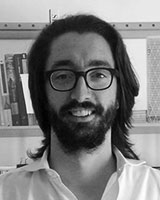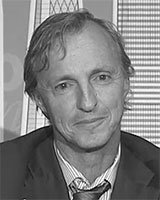Session 5d: Life Cycle, Renovation + Demolition
Chair: Olivier Vassart, ArcelorMittal
Speakers
Click a presenter to see a video of their presentation, and the accompanying paper and PowerPoint presentation.
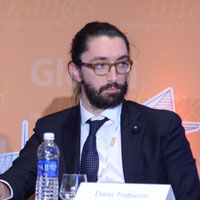
Dario Trabucco
Associate Professor in Building TechnologyCouncil on Tall Buildings and Urban Habitat
“LCA of the Sustainable Aspects of Structural Systems in Tall Buildings”
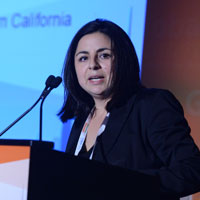
Andrea Martinez
School of ArchitectureUniversity of Southern California
“Façade Retrofit.org: The Façade Renovation of Existing Buildings”
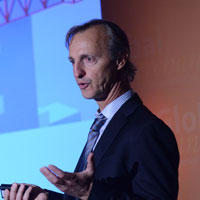
Riccardo Castracani
North America Sales ManagerDespe S.p.A.
“The TopDownWay: An Innovative System for Skyscrapers’ Controlled Demolition”
Session Summary
We are now building skyscrapers in excess of 1,000 meters in height, but with the exception of 9/11 no building higher than 187 meters has ever been demolished (Singer Building, New York, demolished 1968). The reality is that most tall buildings are being built with little thought given to their full operational life, and how to retrofit/upgrade them. This session was therefore devoted to the important topics of life cycle, renovation, and demolition.
CTBUH Research Manager Dario Trabucco opened by presenting Life Cycle Assessment of Tall Building Structural Systems, an internal CTBUH research project funded by ArcelorMittal, the world’s leading steel producer. As Trabucco explained, this three-year undertaking represents the first-ever full Like Cycle Assessment (LCA) on tall building structural systems every performed, and serves as a “first stab” at environmentally quantifying the decisions made in the design and engineering process of skyscrapers, against two key impact categories: Global Warming Potential and Embodied Energy. The success of this study emphasizes the important role that the CTBUH Research Division plays in achieving the Council’s mission of disseminating information on tall buildings and engaging in the global discussion on sustainability.
Next, Andrea Martinez, PhD Student, University of Southern California, presented the results of the 2014 CTBUH International Research Seed Funding initiative in the form of facaderetrofit.org. This database, created by a team of faculty and students at the University of Southern California (USC), is an online resource for the AEC community that hosts hundreds of building projects that have undergone or are in the process of a façade retrofit. Martinez summarized the development process for the database, and noted the differences between the four retrofit categories: re-clad, over-clad, selective replacement, and selective enhancement. She finished noting several key statistics regarding façade retrofits, like the fact that 92% of the retrofits on the database also included the upgrade or replacement of HVAC systems.
Riccardo Castracani, CEO, Despe Spa, next presented TopDownWay, a self-lowering demolition system by Despe Spa that increases the speed of tall building demolition projects, while also increasing safety for workers and maintaining sound environmental practices. Castracani explained that TopDownWay operates on three floors at the same time and debris is lowered down through the core of the building to contain dust, pollutants, and noise. The system has major advantages over typical scaffolding, which typically must completely cover the exterior of a building as it is being demolished. TopDownWay, on the other hand, can be constructed in 20 days, allowing demolition to begin much sooner.


